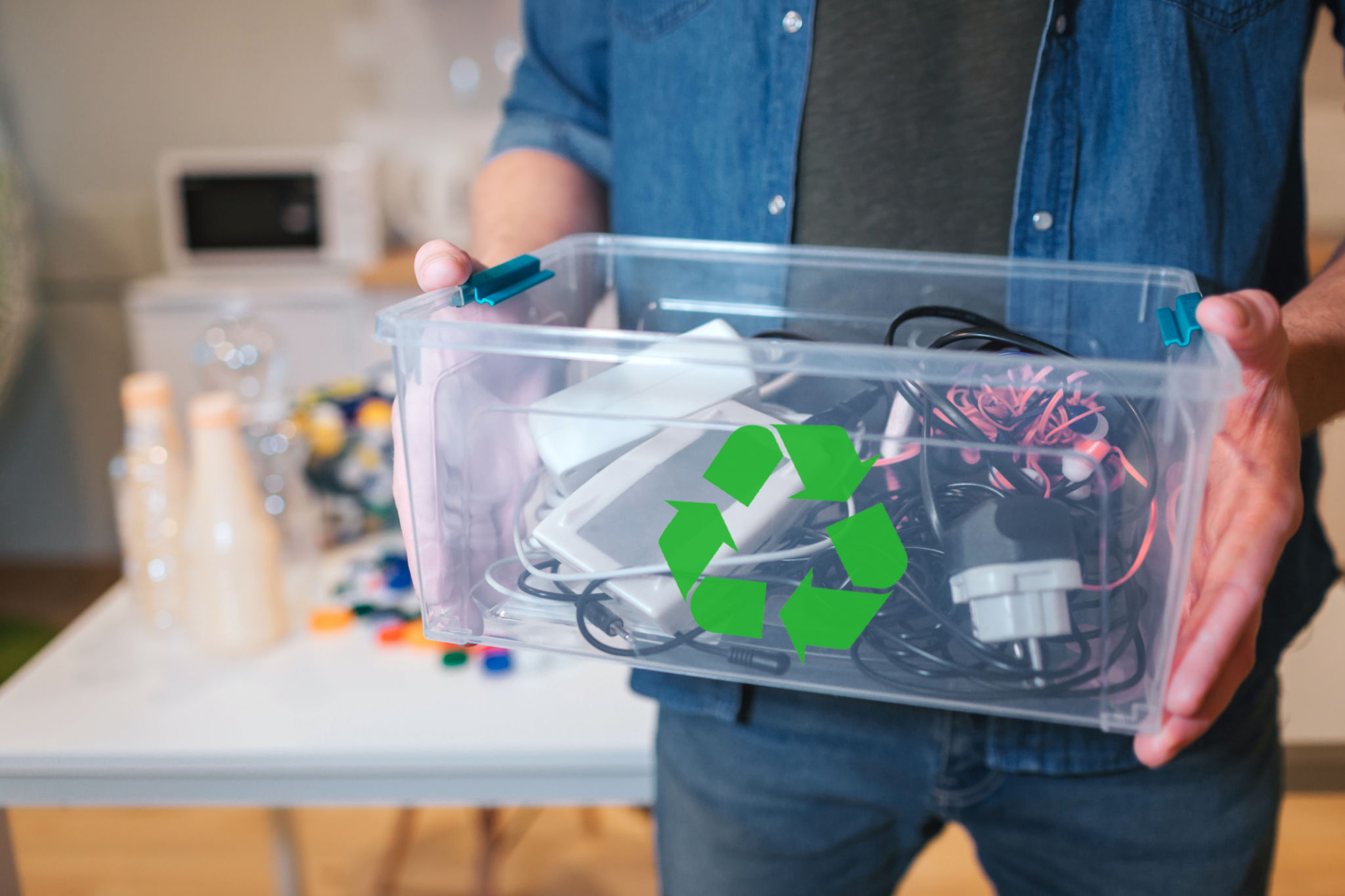The Future of Energy: Exploring Containerised Waste-to-Electricity Solutions
Understanding Containerised Waste-to-Electricity Solutions
As the global demand for sustainable energy continues to escalate, innovative solutions are paving the way for a greener future. One such technology is containerised waste-to-electricity systems. These compact and mobile units convert waste into valuable energy, offering a promising solution to both waste management and energy production challenges.
The concept of containerised solutions revolves around the use of shipping container-sized units that house advanced waste-to-energy technology. This approach not only streamlines the installation process but also allows for easy transport and scalability. As urban areas grapple with increasing waste and energy needs, these units present a practical alternative to larger, stationary plants.

The Technology Behind the Innovation
Containerised waste-to-electricity systems employ a variety of technologies to convert waste into energy, including gasification, pyrolysis, and anaerobic digestion. Each method has its own advantages, but they all share the common goal of reducing waste volume and generating electricity.
Gasification involves heating organic or carbon-based materials at high temperatures in a low-oxygen environment, resulting in the production of syngas. This syngas can then be used to generate electricity. Pyrolysis operates under similar principles but differs in that it does not require oxygen, making it suitable for different types of waste.
Advantages Over Traditional Methods
One of the primary benefits of containerised systems is their flexibility. Unlike traditional waste-to-energy plants that require significant infrastructure investment and space, container units can be deployed in various locations with minimal disruption. This makes them ideal for remote or underserved communities.
Moreover, these systems are designed for efficiency, often achieving higher energy recovery rates than conventional methods. They also contribute to reducing landfill dependency and greenhouse gas emissions, aligning with global sustainability goals.

Challenges and Considerations
Despite their advantages, containerised waste-to-electricity solutions face challenges such as regulatory hurdles, technological integration, and public perception. Ensuring consistent performance across different types of waste and maintaining safety standards are critical concerns.
Additionally, the initial investment costs can be a barrier for some communities. However, as technology advances and economies of scale are achieved, these costs are expected to decrease, making the systems more accessible.
The Future Landscape
The potential for containerised waste-to-electricity solutions is vast. As urban populations grow and environmental regulations tighten, the demand for sustainable waste management and energy solutions will only increase. These systems are poised to play a significant role in this evolving landscape.

Governments and private sectors are increasingly recognizing the value of investing in these technologies. By fostering innovation and supporting pilot projects, stakeholders can drive the adoption of containerised solutions on a larger scale, ultimately contributing to a more sustainable future.
Conclusion: A Step Towards Sustainability
In conclusion, containerised waste-to-electricity systems represent a step forward in addressing two critical global challenges: waste management and clean energy production. By leveraging advanced technologies within flexible and scalable units, these systems offer a viable path toward a more sustainable future.
As we continue to explore and refine these solutions, collaboration between governments, industries, and communities will be crucial in realizing their full potential. Together, we can harness the power of innovation to create a cleaner, greener planet for future generations.
